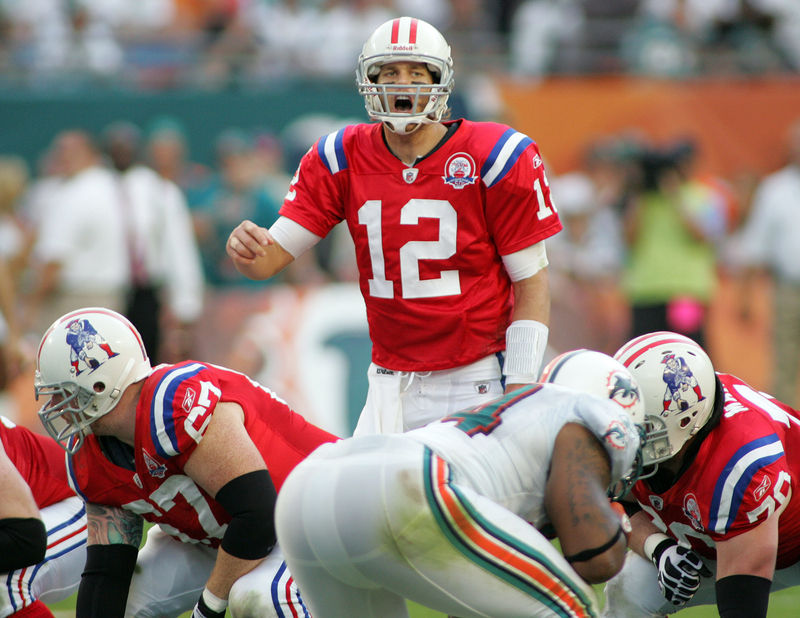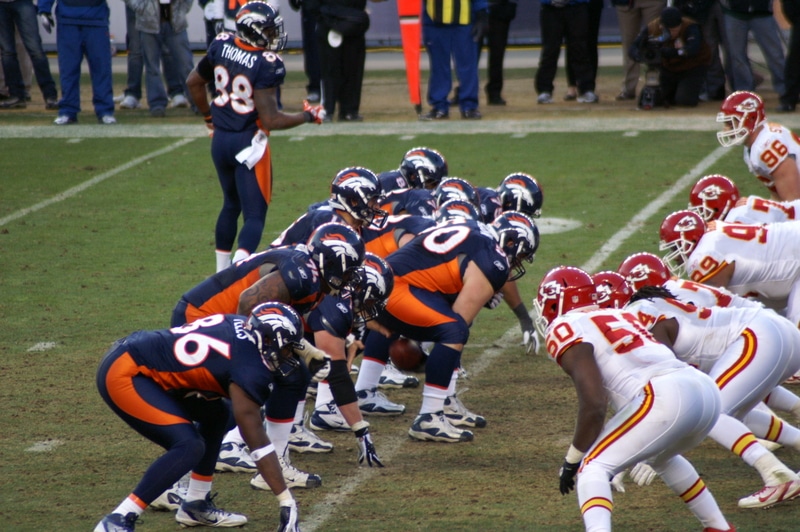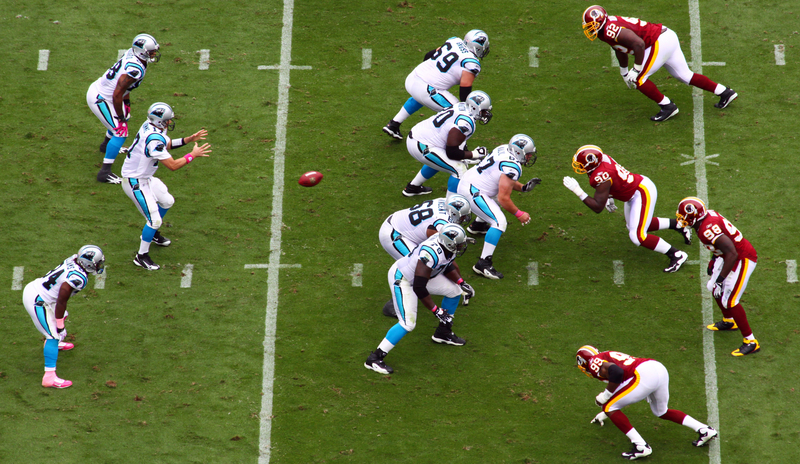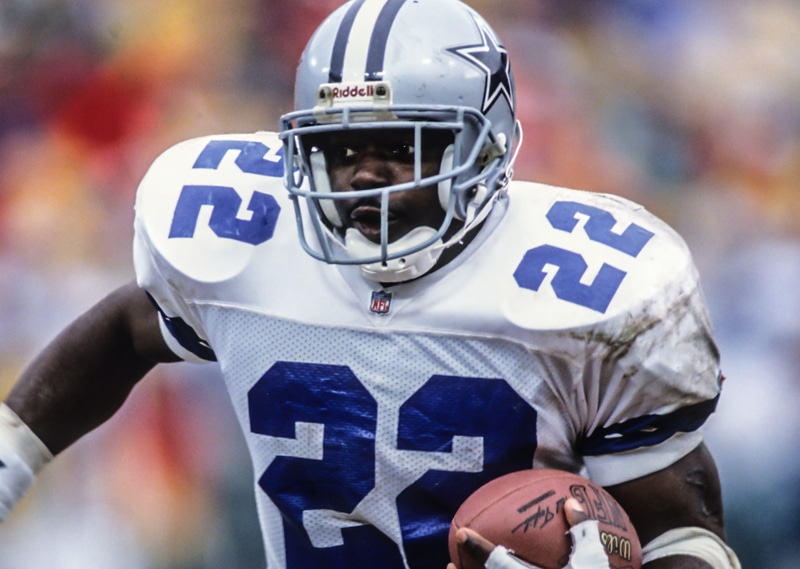Last updated on February 2nd, 2023 at 12:38 pm
In football, a false start is when an offensive player charges towards the line of scrimmage or makes an abrupt movement pre-snap that simulates the beginning of the play. A false start can happen only after the players have taken their set position and before the snap. Usually, these instances occur because an offensive linesman is eager to stop a block coming, especially from an obvious blitz play. The rule intends to avoid the offense gaining an unfair advantage over the defense at the start of the play. Even if the defense does not react to the offense’s false start, the penalty occurs.
So, what is the penalty for a false start in football? Why do false starts occur in games? What is the difference between a false start and an offsides penalty call? What is a false start on defense? Can a quarterback get a false start penalty for their team? What about a running back player?
Here is the complete breakdown to what a false start is in football.
What is the Penalty for a False Start?
A false start is an infraction that results in a penalty. The false start penalty is a five-yard penalty given to the offensive team for falsely simulating the start of play or pushing the defense offside. The play is immediately dead, and the offensive team must replay the down.
Why Do False Starts Occur in Football Games?
One of the reasons a false start occurs in football games is when an offensive player jumps to early to prevent a blitz play. Sometimes the anticipation of the blitz might cause the offensive linesman to flinch, which will cause the false start. Also, some defensive man, especially safeties, might run up to the line on purpose to draw the other team to flinch, even if they are not blitzing.
Another reason a false start occurs is when it is too loud to hear the snap count from the quarterback. For example, some teams can’t hear the play when playing on the road since the crowd is too loud, so they have to use their best judgement on when to move. Sometimes, a player might incorrectly hear the snap call and will move a second to early, which results in a false start.
What is the Difference Between a False Start and Offsides Penalty?

Both offsides and false start result in a five-yard penalty. The difference is that with a false start penalty, the play immediately is dead. The play becomes dead as a safety measure to protect the quarterback from potential injury. For example, you wouldn’t want a defensive player to sprint and tackle the QB on a play that should be over.
Offsides penalties are usually called on defensive players, while false starts are offensive players. However, a defensive player can get a false start penalty, just under a different name.
What is a False Start on Defense?
A false start is a penalty on the offensive team, not on the defensive team. So, when a defensive player crosses the line of scrimmage before the snap, it’s a neutral zone infraction. Even if the defensive player causes the offensive player to move before the snap, it won’t be a false start since the offensive player did not start the movement initially.
With a neutral zone infraction, a five-yard penalty occurs on the defense. The foul is occurs before the start of a play and pre-snap.
How Does a Quarterback Get a False Start?
The quarterback can have more movement than other players before the snap. They can move around and call out signals to their team, but they must not make any abrupt movements that seem like the play has started. These restricted abrupt movements include moving their feet or shoulders quickly, moving their head up and down quickly, or thrusting out their hands or arms.
If they were to make any of these sudden movements that falsely simulate a snap, a false start would occur on the QB. Also, after any movement, the quarterback must stop for a full second before receiving the ball on a hike.
Can a Running Back Get a False Start?
It is also possible for the offensive backfield players, such as a running back, to get a false start. If a running back changes its stance after taking its set position or sudden motion, it might trigger a false start.
Conclusion: What is a False Start in Football?
So, to summarize, a false start penalty occurs when an offensive player makes a sudden movement before a snap. The play is over when this call occurs, and the offensive team receives a five-yard penalty. A false start can occur on the quarterback, running back, or any offensive player before the snap.
Related Topics
What is the NFL Passer Rating?
What is a Hail Mary in Football?
What is an Audible in Football?
Why Do Football Players Wear Towels?
What are Special Teams in Football?
How Does Overtime Work in the NFL?
Greg Kristan, owner of The Stadium Reviews, LLC and TM Blast, LLC, brings his extensive experience visiting over half of the MLB ballparks, along with numerous MLS, NHL, NBA, and NFL venues, to provide in-depth coverage on the bag policy, food options, and parking. He has also been interviewed about his experiences on several sports podcasts.







